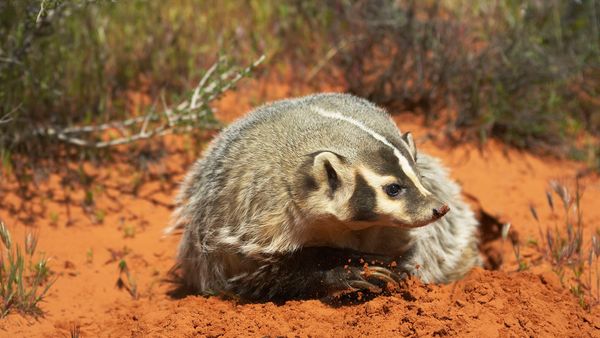
We already know coyotes are wily. But did you know that they are monogamous and mate for life? Turns out that their propensity toward long-term commitment is what gives them a competitive advantage for survival. The abundance of food sources in urban areas allows the mama coyote to produce large litters, while the dedication of her faithful mate, a coequal and constant partner in pup-rearing, ensures a high survival rate. These crafty Canis latrans have managed to expand their habitat from origins in the American Southwest to a ubiquitous presence in rural, suburban and urban environments throughout the entire continental United States — even densely populated cities like Atlanta, Chicago, New York and San Francisco.
Urban coyotes have a fierce and formidable reputation as midnight predators that stalk and kill our beloved pets, especially small dogs and outdoor cats. Coyotes will attack household pets, but the numbers are difficult to pin down because it's hard to prove a coyote attack occurred based on injuries alone. While occasional tragic and horrific coyote attacks on pets do occur, the truth is, coyotes are by nature shy, human-avoiding and, for the most part omnivorous, crepuscular creatures whose preferred diet includes rodents, rabbits and squirrels, insects, snakes and berries, roadkill and discarded human refuse like Big Macs and fries.
Advertisement
In large cities, they often dodge detection by becoming strictly nocturnal, holing up during the day in out-of-the-way parking garages, alleys, underpasses, drainage ditches, old pipes and other quiet secluded hideaways. However, it is not necessarily unusual to spot a coyote sunning in the open space of, say, a public park, or loping across a golf course during the day, where squirrels and other small diurnal food sources are active. And a daytime sighting doesn't mean that a coyote is sick or rabid.
Masters of adaptation, suburban and urban coyotes alike have managed to thrive in large part by capitalizing on the human destruction of surrounding natural landscapes. Ongoing development of sprawling subdivisions and big box business complexes continues to encroach upon what once was free-range wildlife habitat bordering major metropolitan areas. The loss of these green, wooded spaces means the loss of food, water and shelter for all kinds of animals, and has pushed coyotes into ever-closer contact with people and their pets. Breeding season, from January to March, is the most common time for potentially negative encounters between coyotes and people. And it is also the time when coyotes are the hungriest and most aggressive.
Advertisement

